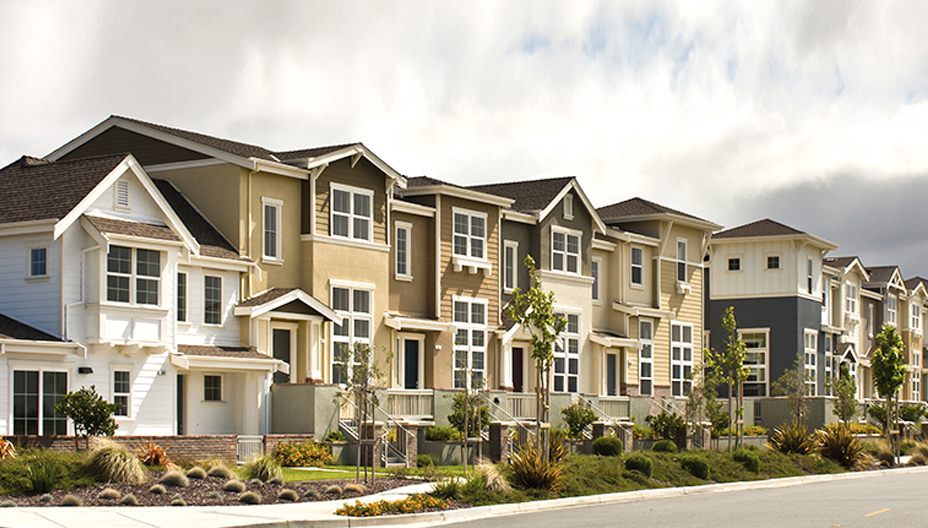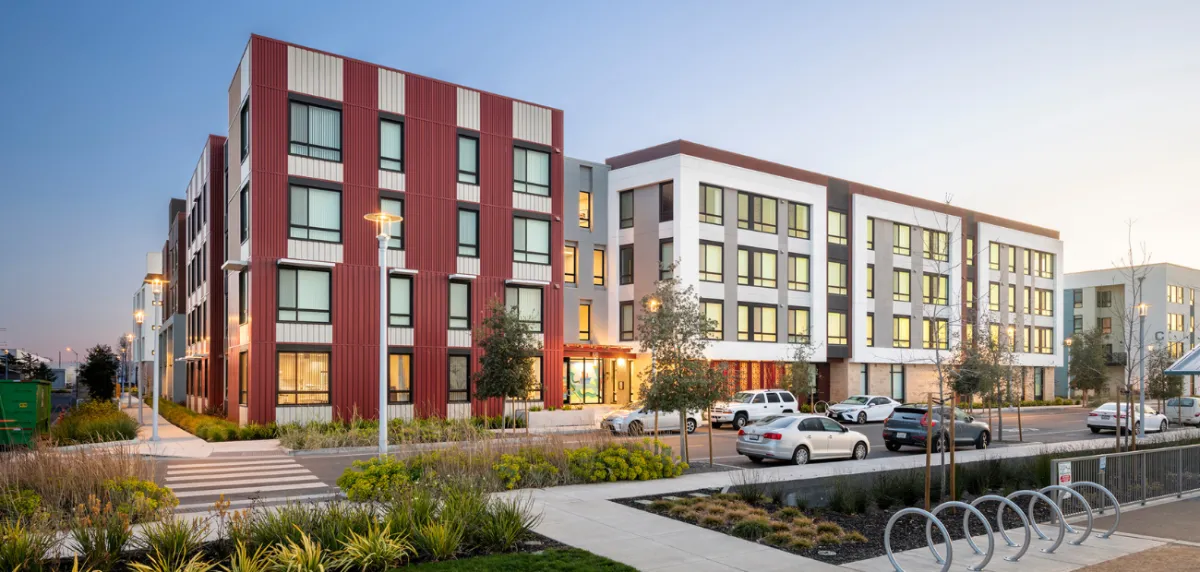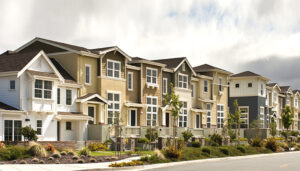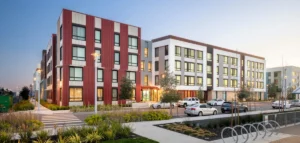Bendix Anderson | Sep 03, 2019
In late August, investment firm Starwood Capital Group bought 21 affordable housing properties in Florida and Texas containing a total of 4,448 apartment units. According to Mark Keatley, managing director at Starwood Capital, the firm is “confident this portfolio is well-positioned to deliver attractive risk-adjusted returns to our investors.”
That statement is particularly relevant today because many investors are having a hard time finding apartment properties that they can buy at prices low enough to give them an attractive risk-adjusted return. They continue to buy billions of dollars in U.S. apartment properties, however. To make these deals work, a growing number of investors are putting their money into higher-yielding property sub-types, including affordable housing and apartment properties in secondary and tertiary markets, according to Brian McAuliffe, president of capital markets with real estate services firm CBRE.
Looking for yield
Starwood’s latest deal brings the number of affordable housing units owned by the company and its affiliates to 20,700.
“[That makes] us one of the top 10 largest owners in the United States,” says Keatley. Terms of the transaction, which Starwood made through one of its controlled affiliates, were not disclosed. The 21 properties have an average age of 15 years, with few vacancies and are located in attractive Texas and Florida markets, including the Dallas-Fort Worth metro.
Other multifamily investors are spending their capital on apartment properties in smaller cities. Investors spent 15 percent more from the start 2019 through July to buy apartment properties in secondary markets compared to the same period the year before, according to research firm Real Capital Analytics (RCA). By contrast, the dollar volume of apartment property sales in the six major metro areas and in the smaller tertiary markets is largely unchanged, according to RCA.
“We’ve seen the biggest increase in capital going into secondary and tertiary markets seeking value and opportunity,” says McAuliffe. Many investors are now focused exclusively on these secondary and tertiary markets. “In the past, they would be looking at all different kinds of markets.”
Strong year for investment
The total amount of money that investors spent on apartment acquisitions from January through July 2019 was 9 percent higher than during the same period the year before, according to RCA.
“We are on pace for 2019 to be another record year that outpaces the activity that we saw in 2018,” notes McAuliffe.
Strong property fundamentals continue to attract new investors to the apartment sector. “There are more family offices, local investors, and international investors coming into the space, so the traditional multi-housing owners and operators are competing in a crowded field,” says Christine Espenshade, managing director and co-leader of the multi-housing group with real estate services firm JLL.
Low interest rates are also encouraging investors to put money into apartment properties. “Being able to borrow a significant portion of the purchase price at a low rate makes investing in multifamily attainable for a lot of new groups,” notes Espenshade.
This new crop of investors is helping bid up the prices of apartment buildings. RCA’s Commercial Property Price Index for apartments rose by 6.5 percent in July compared to the year before.
“They are probably paying a price that they wish they didn’t have to pay,” says CBRE’s McAuliffe. Cap rates on infill apartment properties averaged 5.2 percent in the first half of 2019, according to CBRE. That’s down five basis points from the second half of 2018.
“There is a lot of capital chasing multifamily assets… it’s incredibly competitive for everyone,” says Espenshade.











